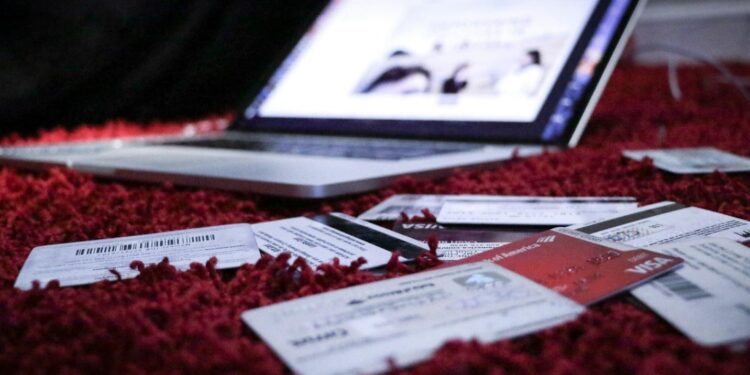Getting out of debt is no easy task, but for many people, it’s one of the most effective ways to achieve financial success.
There are some types of debt that can be good for your financial situation. A mortgage is a great example of good debt. Under the right circumstances, a mortgage helps you build equity over the years. Even in a bad real estate market, your mortgage payments provide you and your family with the necessity of shelter.
Then there are bad debts. These tend to be high-interest debts that don’t help you generate wealth down the road. These include debts like credit cards and payday loans, where high interest rates inflate the costs of everyday expenses, dragging you down and taking purchasing power away from you.
The sooner you can get out of debts like these, the sooner you can refocus on saving, investing, and building wealth again. These five strategies are smarter ways to get out of bad debt fast.
#1 Sell Gold Jewellery to Pay Off Debts
If you have a large collection of gold jewellery, such as necklaces, rings, bracelets, or watches, and you’re also stressed about credit card or payday loan debt, you can put a large sum of money directly toward that debt by selling your gold.
One of the advantages of raising money to make a lump sum payment on debt is that it means you pay less interest across the lifespan of that debt.
Make sure you sell your gold at fair prices by doing a bit of research. The best gold buyers make their buying prices public so that you can compare them with competitors.
#2 Converting Financial Investments into Cash
Debating whether or not to sell investments that generate interest or dividends to pay off debt is a tough discussion. If an investment’s returns are higher than the interest that you pay on debt, it makes more sense to keep making minimum payments.
Be careful to balance your future with your present. If you can afford to pay off debt in a reasonable amount of time, it may not make sense to touch investment assets.
#3 The Avalanche Method of Paying Off Debt
If you are able to pay more than minimum payments, there are two recommended approaches to paying off your debts. The first is the avalanche method. When you have multiple debt accounts, you focus on the one that’s most expensive, i.e. it costs you the most in interest payments. The logic is that you save more money when you pay off the most expensive debt first.
Start with the debt that charges the highest interest rate and pay it down until it reaches zero. Keep up with minimum payments on all of your other accounts, but put any extra money toward the highest-interest account.
#4 The Snowball Method of Paying Off Debt
The snowball method is a bit simpler, and it can help motivate you. With the snowball method, you start with the smallest debt you have. Owe the city $100 for your water bill, and two separate credit cards with $5,000 on them? Pay the water bill first. It can help you start to pay off accounts or cards sooner. It will cost you more in the end than the avalanche method, but it’s great for becoming motivated.
As you see the number of bills you have due shrink, the idea of becoming debt-free starts to seem more realistic.
#5 Sell Your Vehicle to Drastically Reduce Expenses
After shelter costs and taxes, car ownership is often one of the most expensive things in a household budget. The average driver spends nearly $1,400 a month on car ownership, including interest on their car loan, depreciation of the asset (that they can’t recoup when they sell later on), gas, insurance, maintenance, and parking fees. Selling your vehicle doesn’t just generate money now. It also leads to lifetime savings.
These strategies for becoming debt-free can help you start saving sooner.

















